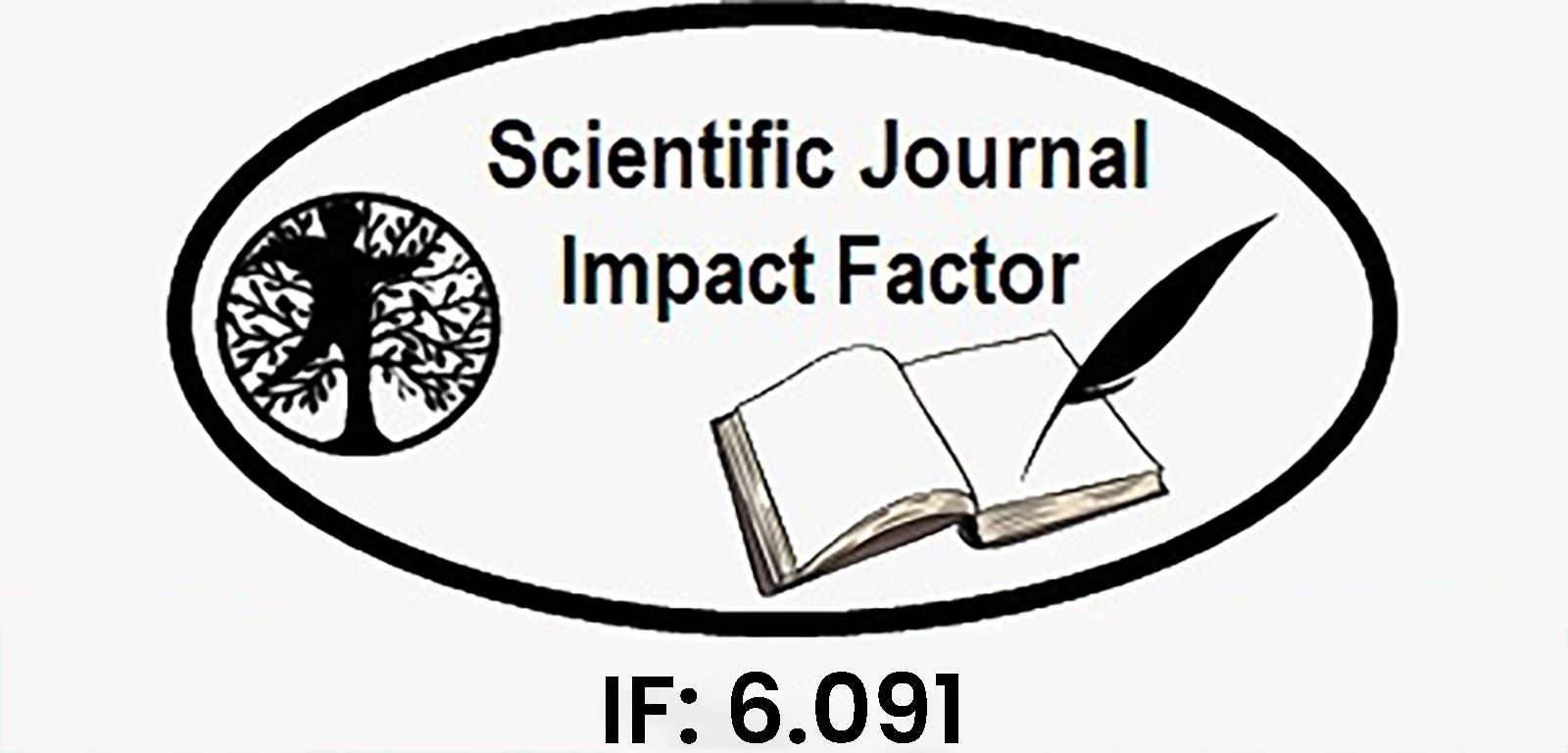Evapotranspiration in Agri AI Tech: Analyzing Implementation of ANN Models
Keywords:
livelihoods, agricultural country, evapotranspiration (ET0), “Food and Agriculture Organization of United Nations (FAO)”, Penman-Montieth (PM), crop yieldAbstract
India is an agricultural country and most of the people depend on it for their livelihoods. Agriculture sector has a burden to fulfill the ever rising demand for food. There is a need to improve crop yield to meet rising food demands. There are several factors crop yield depends on like nutrient availability, water supply, ambient conditions, etc. Amount of water is the most important factor which is supplied to the crops. Hence, water management is very important, i.e., accurate estimation of needs for crop water. A parameter is identified as potential or “reference evapotranspiration (ET0)” by the “Food and Agriculture Organization of United Nations (FAO)” that can estimate crop’s water needs. It is calculated in mm/time as the loss of amount of water to evaporation from transpiration off the crop and soil. Radiation-based methods like Blaney-Criddle, Penman-Montieth (PM), and temperatureoriented approaches like Hargreaves are used to measure the same, where PM is the benchmark (Bogawski & Bednorz, 2014). It can calculate ET0 when all the needed parameters are provided from weather stations and other temperature-oriented approaches can be helpful in nonavailability.
A lot of these techniques can be used to calculated approx. ET0 value that could estimate final water needs. This is where Agri AI tech can be used to mimic the PM approach with least inputs (Nawandar et al., 2021). AI-based technologies can improve efficiency in the field of agriculture and overcome the issues like irrigation, crop yield, crop monitoring, soil sensing, weeding, etc. (Talaviya et al., 2020).
Downloads
Downloads
Published
Issue
Section
License

This work is licensed under a Creative Commons Attribution-NonCommercial-NoDerivatives 4.0 International License.















